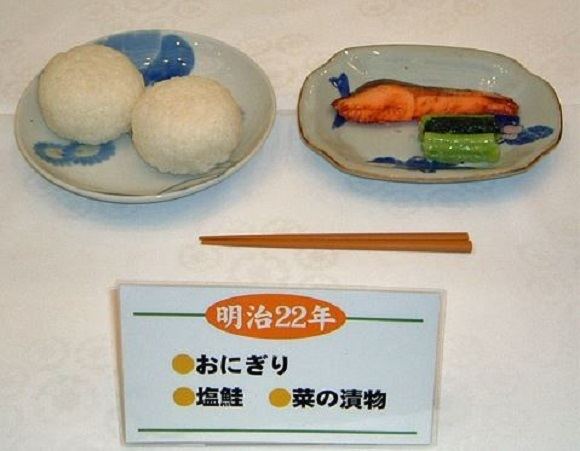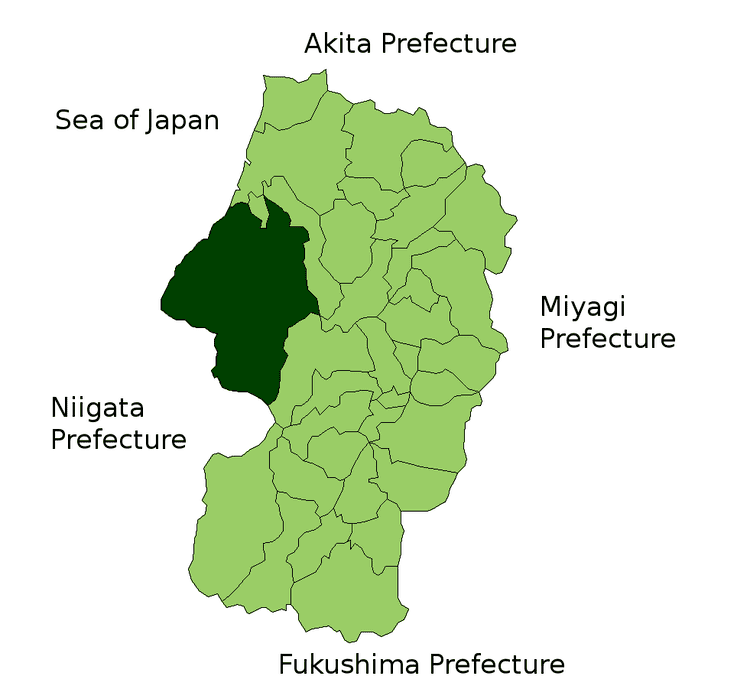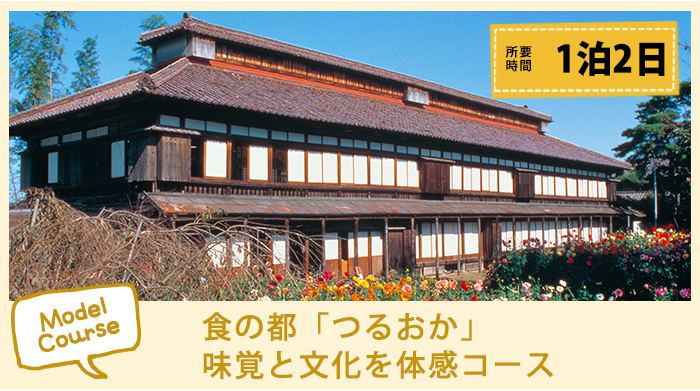Country Japan University Tsuruoka National College of Technology Area 1,311.51 km2 | Region Tohoku Population 136,623 (2010) | |
Points of interest Mount Haguro, Three Mountains of Dewa, Mount Gassan, Mount Yudono | ||
Tsuruoka (, Tsuruoka-shi) is a city in Yamagata Prefecture, Japan.
Contents
Map of Tsuruoka, Yamagata
As of November 2013, the city has an estimated population of 132,449 and a population density of 101 persons per km². The total area was 1,311.51 km2 (506.38 sq mi).
Geography
Tsuruoka is located on the coast of Yamagata Prefecture bordering the Sea of Japan and has some locally popular beaches such as Yunohama and Sanze. All three of the Three Mountains of Dewa are at least partially within the city limits.
History

The area of present-day Tsuruoka was part of ancient Dewa Province, and was under the control of the Shonai Domain under the Tokugawa shogunate in the Edo period. It was a minor port for the kitamaebune coastal trade.

After the start of the Meiji period, the area organized as Tsuruoka Town under Nishitagawa District, Yamagata Prefecture in 1878. It was elevated to city status on October 1, 1924 becoming Japans 100th city. In 1955, the city expanded by annexing the town of Kamo and nine neighboring villages. The town of Oyama was annexed by Tsuruoka in 1963. On October 1, 2005, the towns of Fujishima, Haguro and Kushibiki, and the village of Asahi (all fromHigashitagawa District), and the town of Atsumi (from Nishitagawa District) were merged into Tsuruoka.
Economy
Tsuruoka has a mixed economy based on light manufacturing, commercial services, agriculture and commercial fishing.
Local attractions
Culture

Food
Tsuruoka is known for "dadacha-mame" (?????), a brand of soybean, which have been called "the king of edamame"; they are also used for other products such as natto and in manju. There are two theories as to the origin of the name: one is that it derives from dadacha, the Shonai dialectical word for "father" – gagacha is the dialectical word for "mother", while the other is that the beans came from Date, Fukushima, and were originally called Date-no-chamame, which became Date-chamame and then Dadacha-mame.
Tsuruoka is known for "dadacha-mame" (?????), a brand of soybean, which have been called "the king of edamame"; they are also used for other products such as natto and in manju. There are two theories as to the origin of the name: one is that it derives from dadacha, the Shonai dialectical word for "father" – gagacha is the dialectical word for "mother", while the other is that the beans came from Date, Fukushima, and were originally called Date-no-chamame, which became Date-chamame and then Dadacha-mame.
